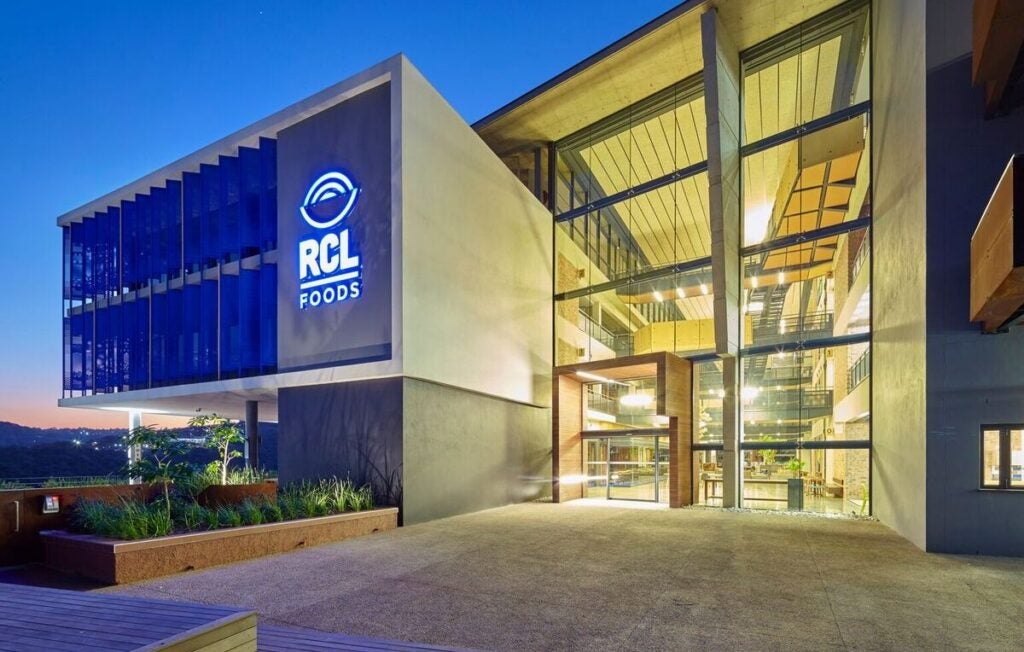The economic downturn in the UK is fuelling growth in the discount food retail sector and, in response, mainstream grocers are adapting their offers. Ben Cooper reports on the discount boom, and asks whether the changes are a temporary response to harder times or mark a significant shift in the way UK consumers shop.
The combination of the economic downturn and a major store opening programme by the world’s best-known discount retailer, Aldi, is changing the food retail landscape in the UK, and forcing the country’s all-powerful supermarket chains to adapt.
Market analysts TNS released figures last month showing that Aldi’s sales had risen by 19.8% in the 12 weeks to 10 August, while Lidl had seen 12.3% growth. Meanwhile, Asda and Morrisons, two supermarket chains which focus heavily on a price message, had seen growth of 8.5% and 9.4% respectively.
While Aldi’s growth clearly owes a considerable amount to its aggressive store opening programme, it is evident that other trends are impacting on the pattern of grocery shopping in the UK. Broadly speaking, the economic downturn is prompting more consumers to shop on price, whether at discounters or in the value ranges of the majors, but Ed Garner, director of research at TNS, sees the situation as more subtle.
In particular, Garner is sceptical about the widely reported contention that middle-class consumers are “flocking to the likes of Aldi and Lidl”. While Garner believes that there is some change among middle-class consumers, TNS has found that the new shoppers are younger, larger families.
How well do you really know your competitors?
Access the most comprehensive Company Profiles on the market, powered by GlobalData. Save hours of research. Gain competitive edge.

Thank you!
Your download email will arrive shortly
Not ready to buy yet? Download a free sample
We are confident about the unique quality of our Company Profiles. However, we want you to make the most beneficial decision for your business, so we offer a free sample that you can download by submitting the below form
By GlobalData“Historically, the discount shopper has been a bit older and certainly downmarket,” Garner tells just-food. “But the new discount shopper, there is no particular class bias to it, but it is definitely younger and it is definitely larger households with children, concentrated in London and the South. To a degree, some of that is inevitable because historically they were the groups that discounters were weak in.”
However, Garner believes that the media bandwagon pushing the discount retailing story has helped to boost sales. “There are a lot of people being pushed towards the discounters because of that. There are a lot of articles saying how incredibly cheap they are and so on so they have had a hell of a lot of free publicity.”
However, the effect of the economic downturn and the media buzz over the discounters is only part of the story. These factors are fuelling the growth but there are underlying structural changes in the market, Garner asserts, not least the expansion of Aldi, which has said that it plans to open some 227 stores over the next five years, bring the estate to around 600. Lidl currently has around 400 stores.
Garner says the growth in the discount franchise is “very closely allied to store numbers”. He adds: “One of the other main reasons why there is an increase in shopping in the discounters is simply that there are more stores for people to shop in.”
In addition to Aldi’s store opening programme, Garner points out that the collapse of Kwik Save also put “footage” on the market. TNS believes Aldi will have a market share of between 4% and 4.5% by 2013.
While the discounters’ share of the market is growing, Garner also points out that discount shopping remains essentially part of consumers’ shopping repertoire. Owing to the smaller range that discounters offer, perhaps 1,000 lines as opposed to 30,000, and the unfamiliar brand names, a discounter will rarely provide a consumer’s entire shopping requirements.
“It isn’t people doing their whole shop there,” Garner says. “The basket size still remains quite low and relatively infrequent so it’s not wholesale switching, it’s a tilting of the balance. What we’re seeing is a tilt rather than a gathering rush towards the discounters, away from the premium end of the market, and that also brings in people like Iceland and Farm Foods.”
This facet of the discount retail sector also helps to explain why Marks & Spencer (M&S) appears to have been hit harder than Waitrose, which shares a similar premium position and bias towards ABC1 consumers. Garner points out that because Waitrose consumers tend to do their entire food shop at the store, changing to another retailer is a fairly significant change in their shopping behaviour.
M&S is a “duplicating shop”, with consumers shopping there as part of a shopping repertoire. “You have only got to shift the balance of your spending for M&S to take a hit. If you consider the Waitrose shopper by contrast, a lot of those tend to have Waitrose as their main shop. Now to cut back on your shopping there you have to change where you go which is a much bigger behaviour change.”
Just as when discounters first arrived in the UK in the 1990s, resulting in the launch of value ranges by the major retailers, the growth in the discount sector is forcing further adaptations in the way the so-called “Big Four” do business.
“When the household budget is under extreme pressure, you will get trading down by outlets and you will also get trading down within the outlet,” Garner explains. “Across the top four the value ranges have never seen higher sales. Price has moved up the agenda.”
Garner points to the greater emphasis being placed in-store on the value ranges by both Sainsbury and Tesco, for example by block merchandising the ranges, and highlighting them in advertising campaigns.
Tesco have started block merchandising the value range at the front of stores, and have upgraded the look of this range with full-colour artwork. Meanwhile, Sainsbury’s has relaunched its value range under the Basics brand. Some of the Basics products are also featuring in the retailer’s high-profile advertising campaign featuring celebrity chef Jamie Oliver. The premium ranges of the major retailers, Garner says, “have come off the boil”.
Morrisons has rebranded its budget range as Morrisons Value, while Asda Smart Price remains central to that retailer’s proposition. “Just as at one point everyone wanted to be seen to be green, now everyone wants to be seen to be helping the family budget,” Garner asserts.
The big imponderable of course is the degree to which those patterns will be set for good or to what extent consumers will revert to previous patterns once economic conditions improve. Garner agrees that this is the “big unknown”. While the price advantages are currently uppermost in consumers’ minds, the question is the degree to which some of the negative aspects of discount retailing, the shopping environment, the lack of well-known names and the restricted range, may once again influence customers, he says.
However, he believes the current trend has considerable “stickability” not least because of the quality improvements that discounters are making. The positive reports of quality improvements at Aldi for example will act as a “halo” for the chain, and could well contribute to discounters retaining customers when better times return.
However, in the face of a stronger and more established discount sector, Garner says that the likes of Tesco will not “sit on their backsides”. That said, he believes it is unlikely that the major retailers will themselves launch stand-alone discount operations, suggesting that the fact that Asda’s attempt at this strategy with Dale’s and Asda Essentials, had not proved successful would deter the other players. Moreover, he points out that launching a discount concept carries the problem of creating in consumers’ minds the impression that the retailers’ core stores are expensive.







